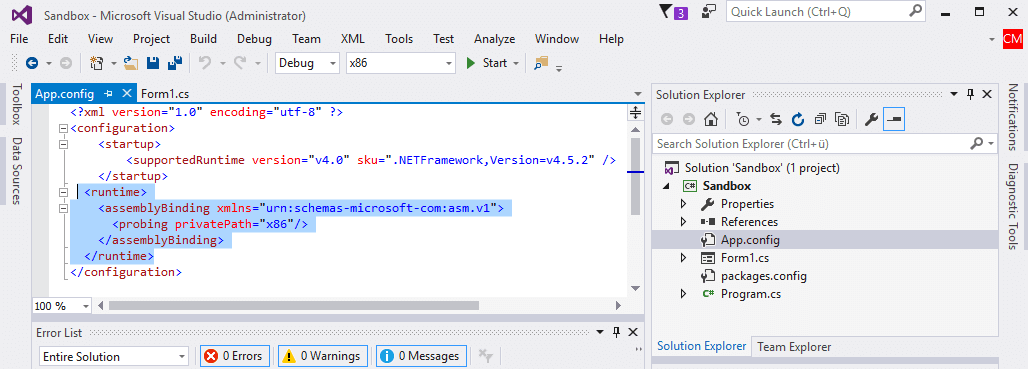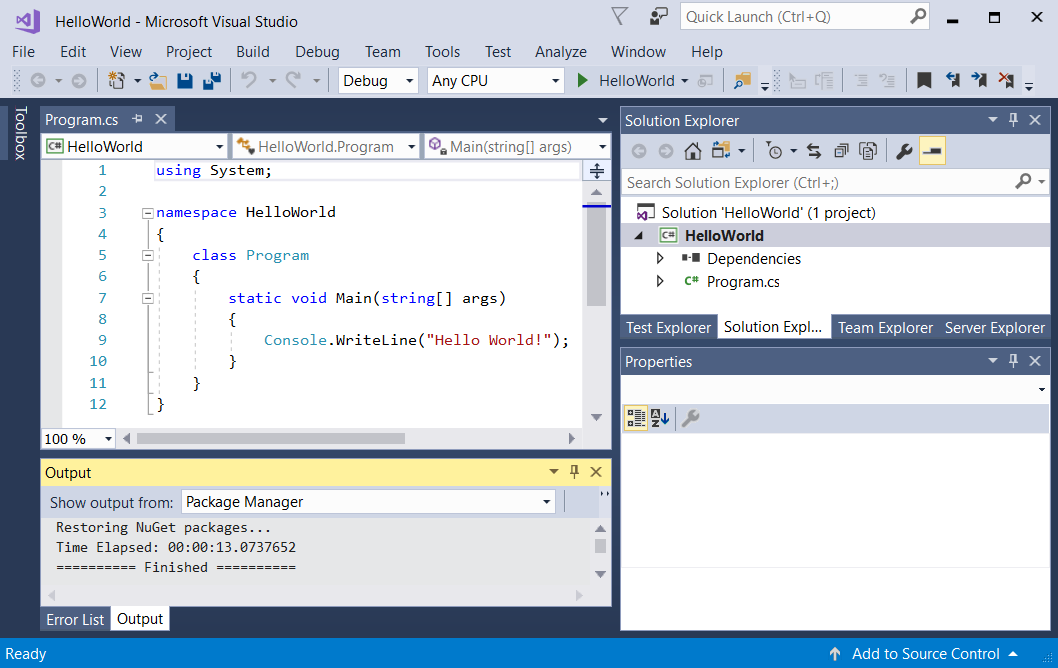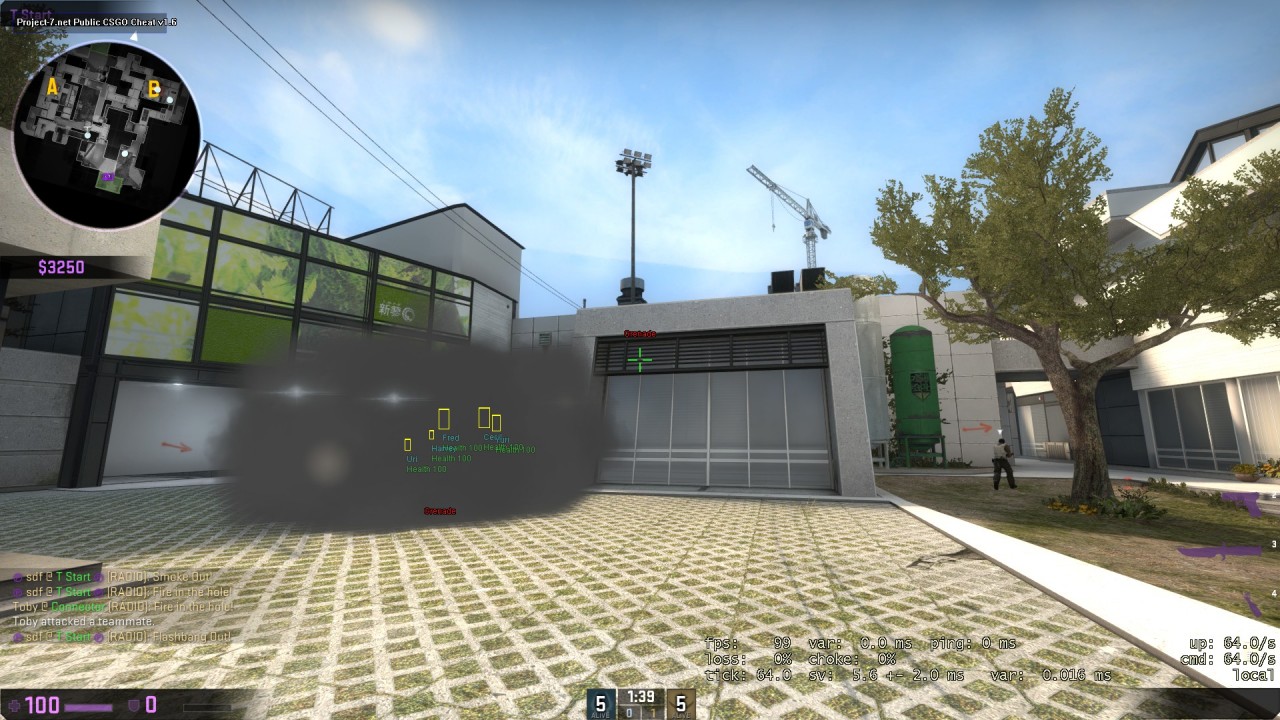
- #Vb net 2010 console application get startuppath pdf#
- #Vb net 2010 console application get startuppath generator#
NET FileStream to write the bytes out to the Hard drive. Grab a DER encoded byte array from the certificate.Generate a Certificate signed by the issuer’s private certificate (we’ll be doing self signed here).
#Vb net 2010 console application get startuppath generator#
Assign properties to the Certificate generator (CN, Bitstrength, Validity period, etc…). The steps below are bouncy castle specific, although the general principles probably apply to a number of crypto APIs. This is done so you have an at-a-glance view of what needs to be coded to make this work. Store.SetKeyEntry(() + "_key", keyEntry, new X509CertificateEntry, null, null, null, 0, CryptoStandard.CMS) īefore jumping into the actual code, I want to point out what will need to be done to generate a Certificate and save it in either DER or PKCS12 format. Store.SetCertificateEntry((), certEntry) // use DN as the Alias.ĪsymmetricKeyEntry keyEntry = new AsymmetricKeyEntry(kp.Private) X509CertificateEntry certEntry = new X509CertificateEntry(cert) Pkcs12Store store = new Pkcs12StoreBuilder().Build() OutStream.Write(encoded, 0, encoded.Length) Using (FileStream outStream = new FileStream("F:/PROJECTS/WebSite6/HTML/r", FileMode.Create, FileAccess.ReadWrite)) X509Certificate cert = cGenerator.Generate(kp.Private) // Create a self-signed cert X509V3CertificateGenerator cGenerator = new X509V3CertificateGenerator() ĬGenerator.SetSerialNumber(BigInteger.ProbablePrime(120, new Random())) ĬGenerator.SetSubjectDN(new X509Name("CN=" + "")) ĬGenerator.SetIssuerDN(new X509Name("CN=" + "Amit")) ĬGenerator.SetNotAfter((new TimeSpan(365, 0, 0, 0))) // Expire in 1 yearĬGenerator.SetSignatureAlgorithm(()) // See the Appendix Below for info on the hash types supported by Bouncy Castle C#ĬGenerator.SetPublicKey(kp.Public) // Only the public key should be used here! KpGenerator.Init(new KeyGenerationParameters(new SecureRandom(), 2048)) ĪsymmetricCipherKeyPair kp = kpGenerator.GenerateKeyPair() RsaKeyPairGenerator kpGenerator = new RsaKeyPairGenerator() _Default.signPdfFile(sourceDocument, destinationPath, privateKeyStream, keyPassword, reason, location) String destinationPath = testFile.Replace(".pdf", "_signed.pdf") 
System.IO.File.WriteAllBytes(testFile, bytes) Var testFile = Path.Combine(Environment.GetFolderPath(), "test.pdf")
#Vb net 2010 console application get startuppath pdf#
could pass them to another function for further PDF processing.

You could also write the bytes to a database in a varbinary() column (but please don't) or you Here I'm writing them to disk but if you were in ASP.Net you might Response.BinaryWrite() them. Now we just need to do something with those bytes. close the MemoryStream, grab all of the active bytes from the stream After all of the PDF "stuff" above is done and closed but **before** we GetInstance().ParseXHtml(writer, doc, srHtml) Using (var srHtml = new StringReader(contents)) XMLWorker also reads from a TextReader and not directly from a string * Only inline CSS and absolutely linked * String contents = Use the XMLWorker to parse the HTML.

Using (var writer = PdfWriter.GetInstance(doc, ms)) Create a writer that's bound to our PDF abstraction and our stream Using (var doc = new Document(PageSize.A4, 0f, 0f, 0f, 0f)) Create an iTextSharp Document which is an abstraction of a PDF but **NOT** a PDF Create a stream that we can write to, in this case a MemoryStream Create a byte array that will eventually hold our final PDF Protected void Page_Load(object sender, EventArgs e)

SHA224withRSA, // - RSA with MD2, MD5, SHA1, SHA2 and RIPEMD SHA224withECDSA, // ECDSA with SHA1 and SHA2 support








 0 kommentar(er)
0 kommentar(er)
